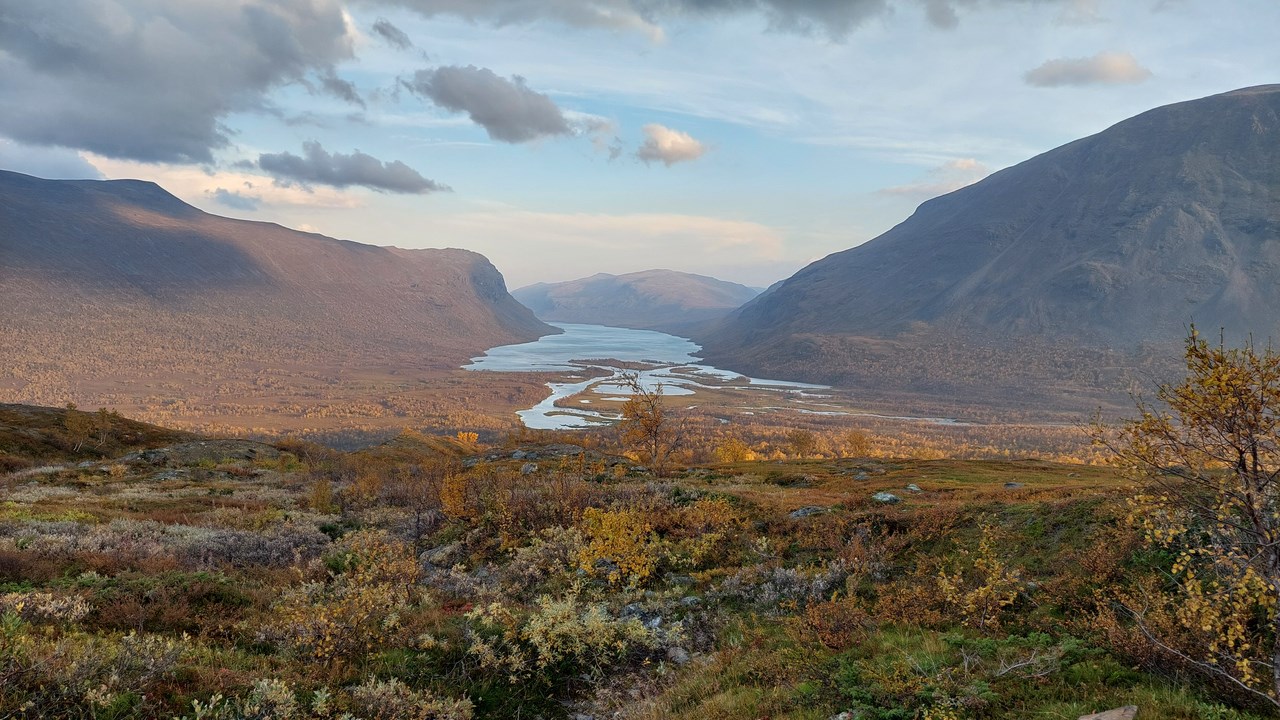About the scientific articles
Song, C., S. Liu, G. Wang, L. Zhang, J.A. Rosentreter, G. Zhao, X. Sun, Y. Yao, C. Mu, S. Sun, Z. Hu, S. Lin, J. Sun, Y. Li, Y. Wang, Y. Li, P.A. Raymond, J. Karlsson. Inland water greenhouse gas emissions offset the terrestrial carbon sink in the northern cryosphere. Science advances, https://doi.org/10.1126/sciadv.adp0024
Karlsson, J. 2024. Emergent responses shape the coupled carbon cycle in a changing Arctic. Nature water, https://www.nature.com/articles/s44221-024-00250-5



